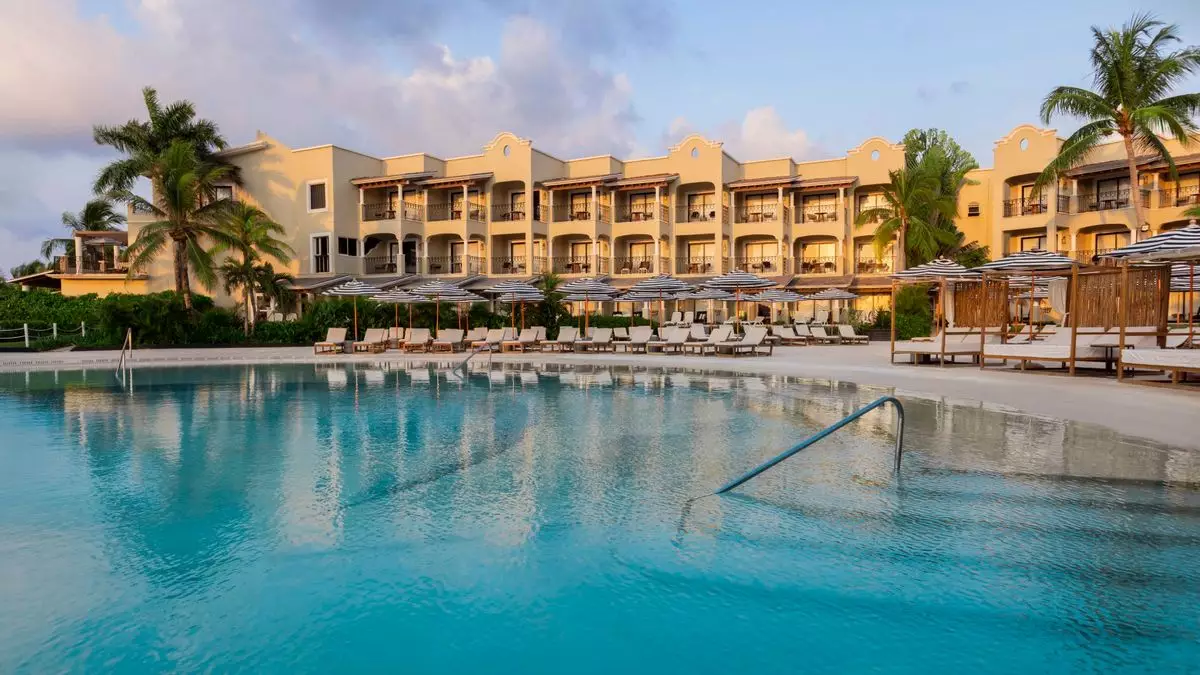The allure of all-inclusive resorts may be losing its shine as costs continue to rise and demand starts to stagnate. According to Geoff Millar, co-owner of Ultimate All-Inclusive Travel and Ultimate Hawaii Vacations, the once affordable all-inclusive vacations have seen a spike in prices over the past couple of years, almost doubling in some cases. This surge in rates has resulted in travelers exploring other vacation options, such as European getaways that offer more value for their money. As a result, the traditional appeal of all-inclusive resorts is on the decline.
Rising Competition and Adjusting Strategies
Competition in the all-inclusive sector has reached an all-time high, with new players entering the market and existing resorts expanding their offerings. This influx of competition has forced all-inclusive operators to adjust their pricing strategies in order to stay competitive. While the high-end segment of the market remains relatively unaffected, the middle class and family market are now more cost-conscious and are carefully weighing their options when it comes to planning vacations.
Hyatt and Sandals Resorts International have noticed a shift in demand patterns, indicating a return to more traditional booking behaviors. Hyatt’s Inclusive Collection saw a strong first quarter followed by a modest increase in net package revenue per available room (RevPAR) for the second quarter. Similarly, Sandals and Beaches brands experienced a rapid increase in bookings post-Covid, followed by a more measured flow of reservations. Grupo Xcaret also observed a shift towards normalized demand trends, signaling a more challenging environment for all-inclusive resorts in the coming years.
With increasing competition and shifting demand patterns, all-inclusive resorts are facing significant challenges in maintaining their market share. Grupo Xcaret, for example, is looking to expand its flagship Hotel Xcaret Mexico resort by adding 900 guestrooms by fall 2025. This expansion is aimed at capturing a larger market share and staying competitive in the changing landscape of the all-inclusive resort industry.
Diversification and Specialization
Despite the overall slowdown in the sector, some all-inclusive market segments and brands are proving to be more resilient than others. Dana Dziegiel, owner of Gypsea Travels in Utica, N.Y., has experienced steady business by catering to robust group demand. By specializing in group travel, particularly pickleball groups, jiujitsu groups, and multigenerational family groups, Dziegiel has been able to maintain a steady flow of clients. Brands like Club Med, which offer a lower price point compared to other competitors, have also managed to retain customer loyalty by providing consistent quality and value in their offerings.
The all-inclusive resort sector is facing a period of significant change, with increasing costs, rising competition, and shifting demand patterns challenging the traditional business model. In order to stay competitive, all-inclusive operators must adapt to these changing market conditions, diversify their offerings, and focus on providing value for money to attract and retain customers in an increasingly crowded marketplace.


Napsat komentář